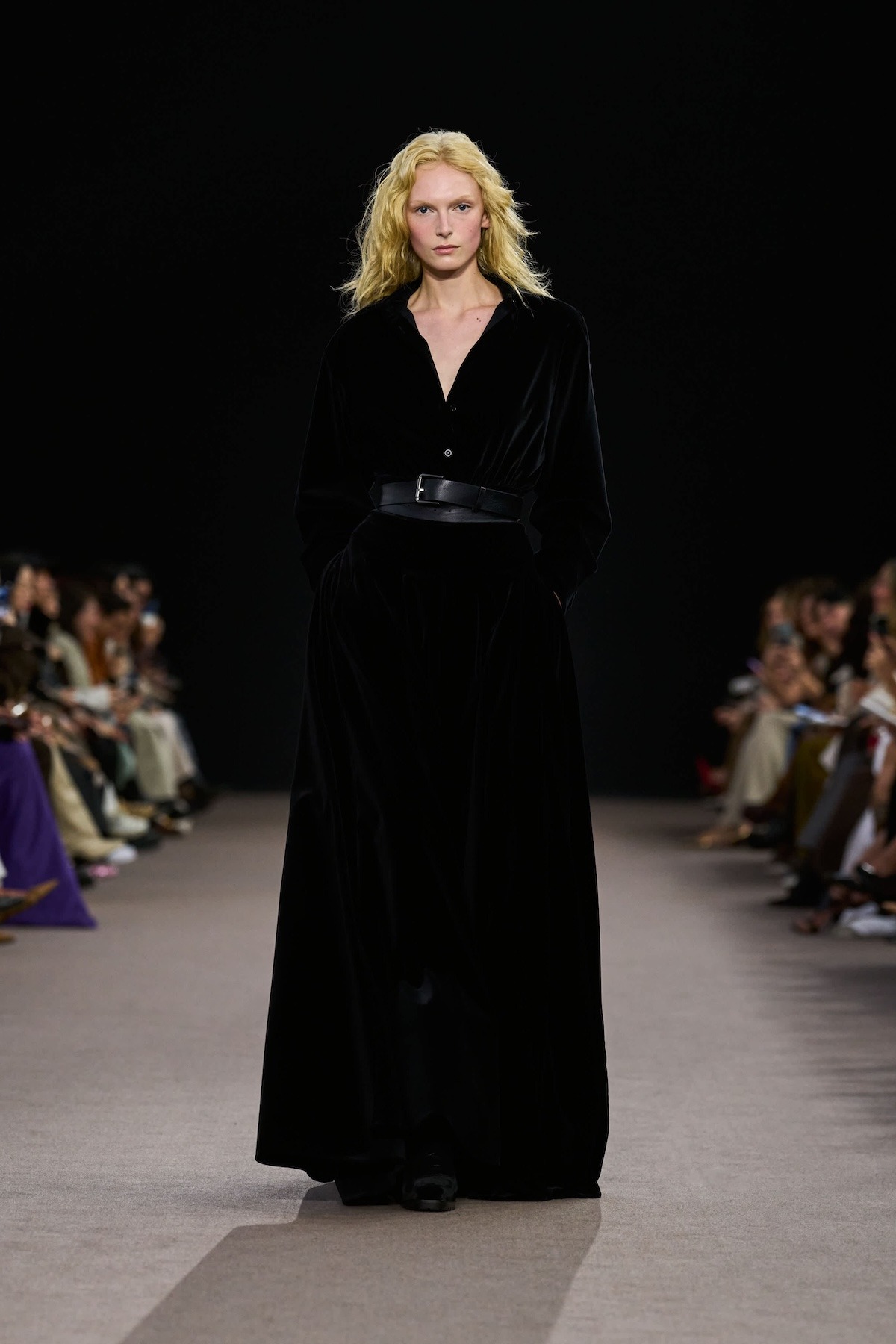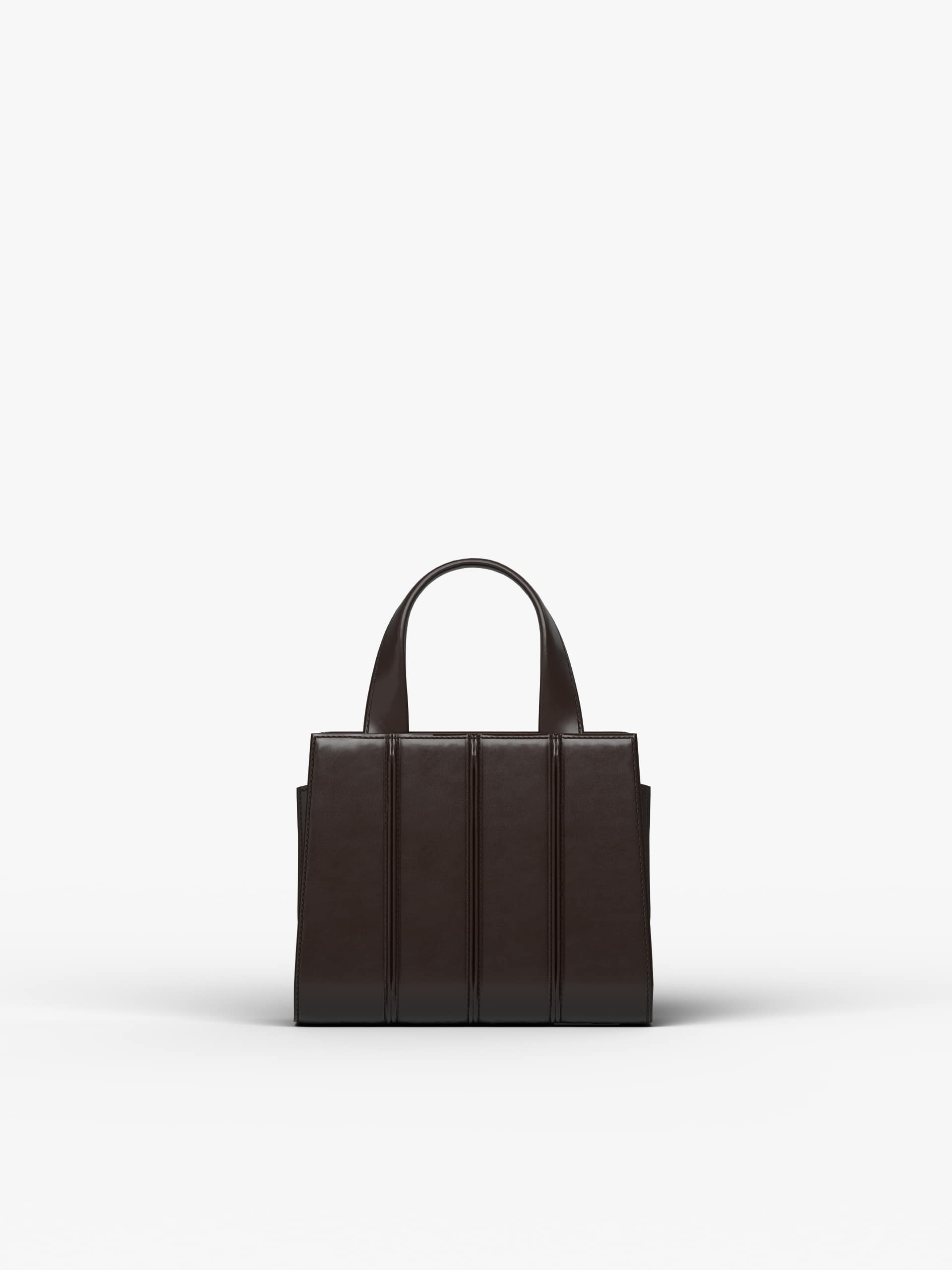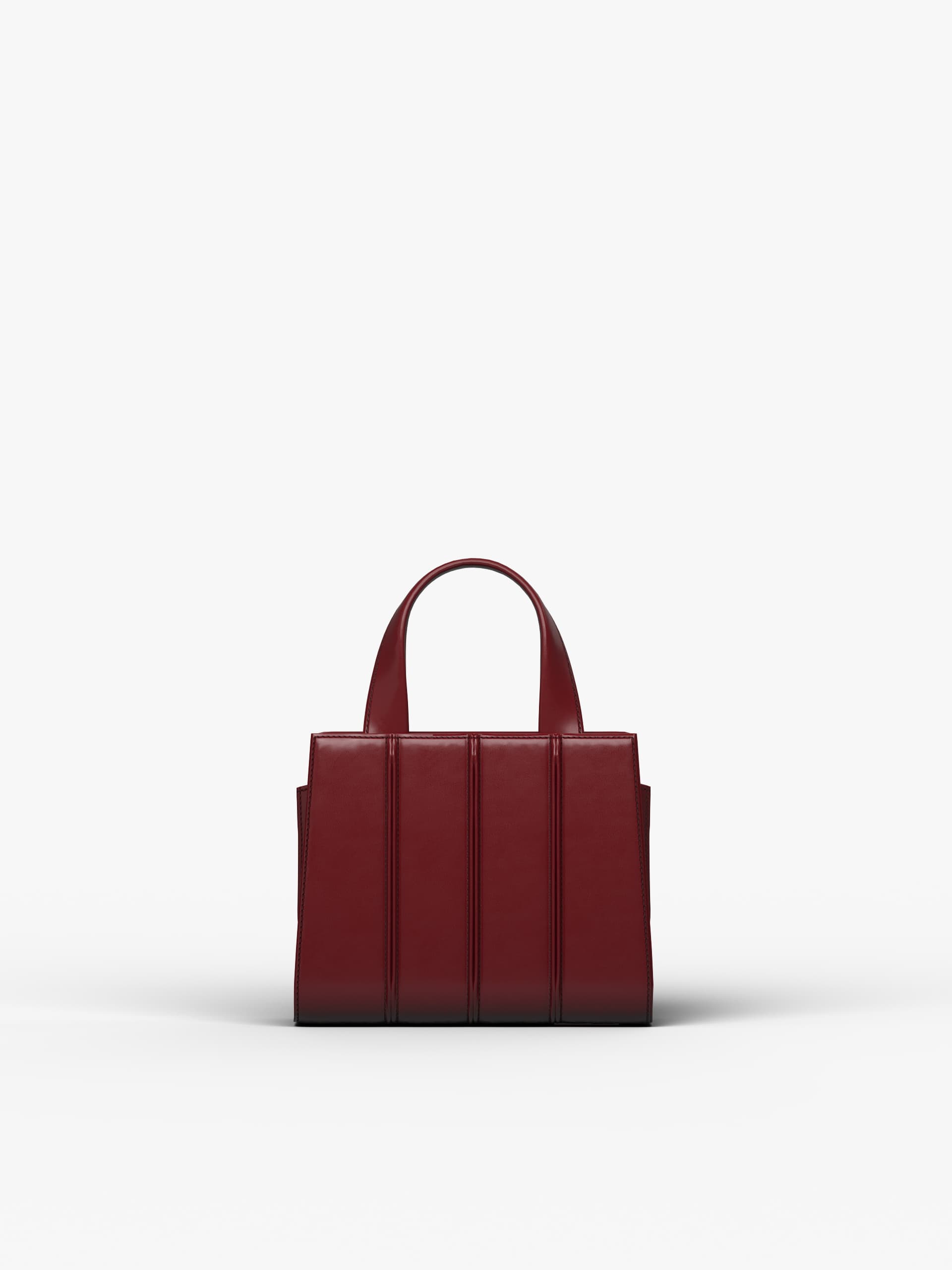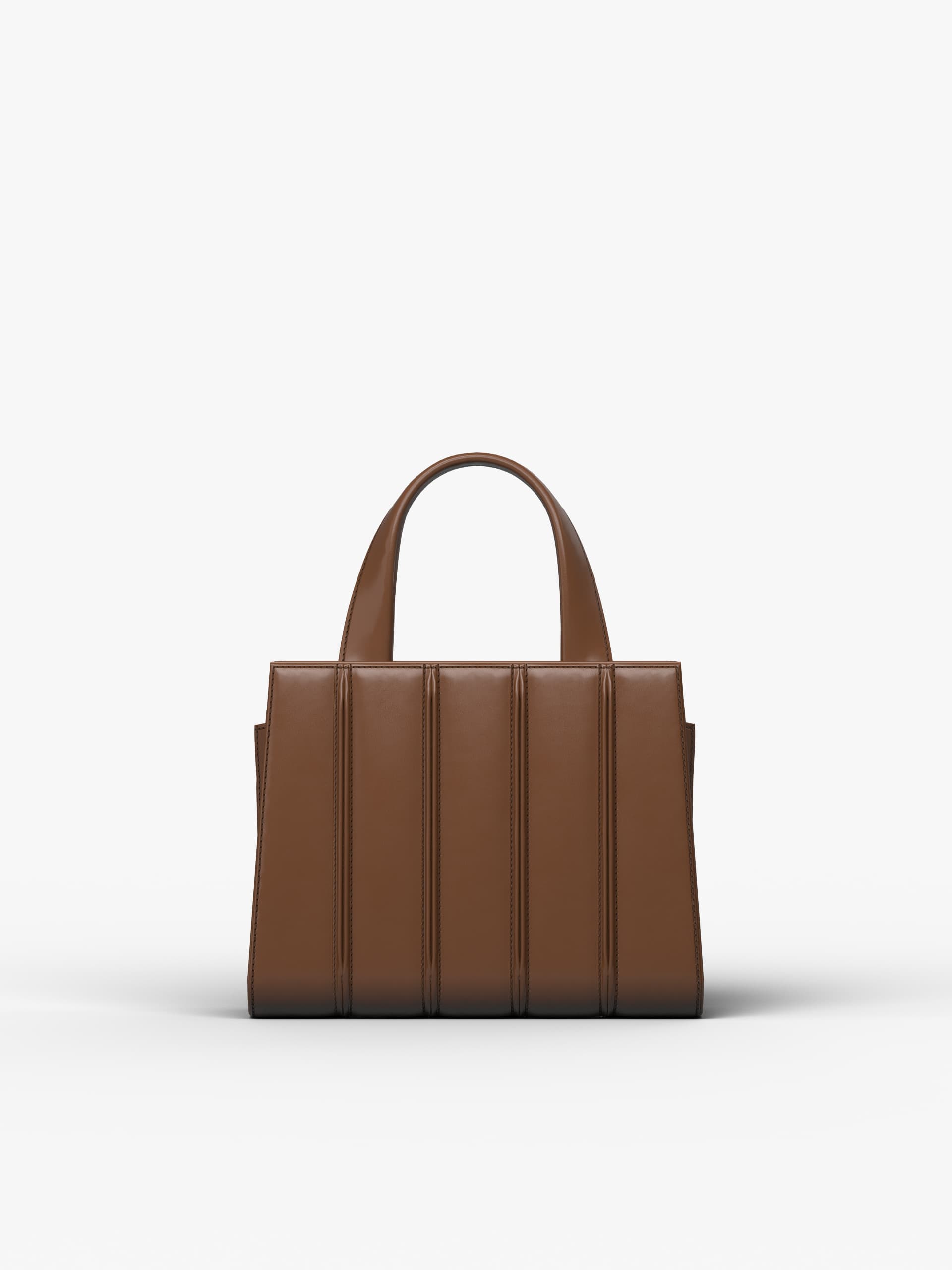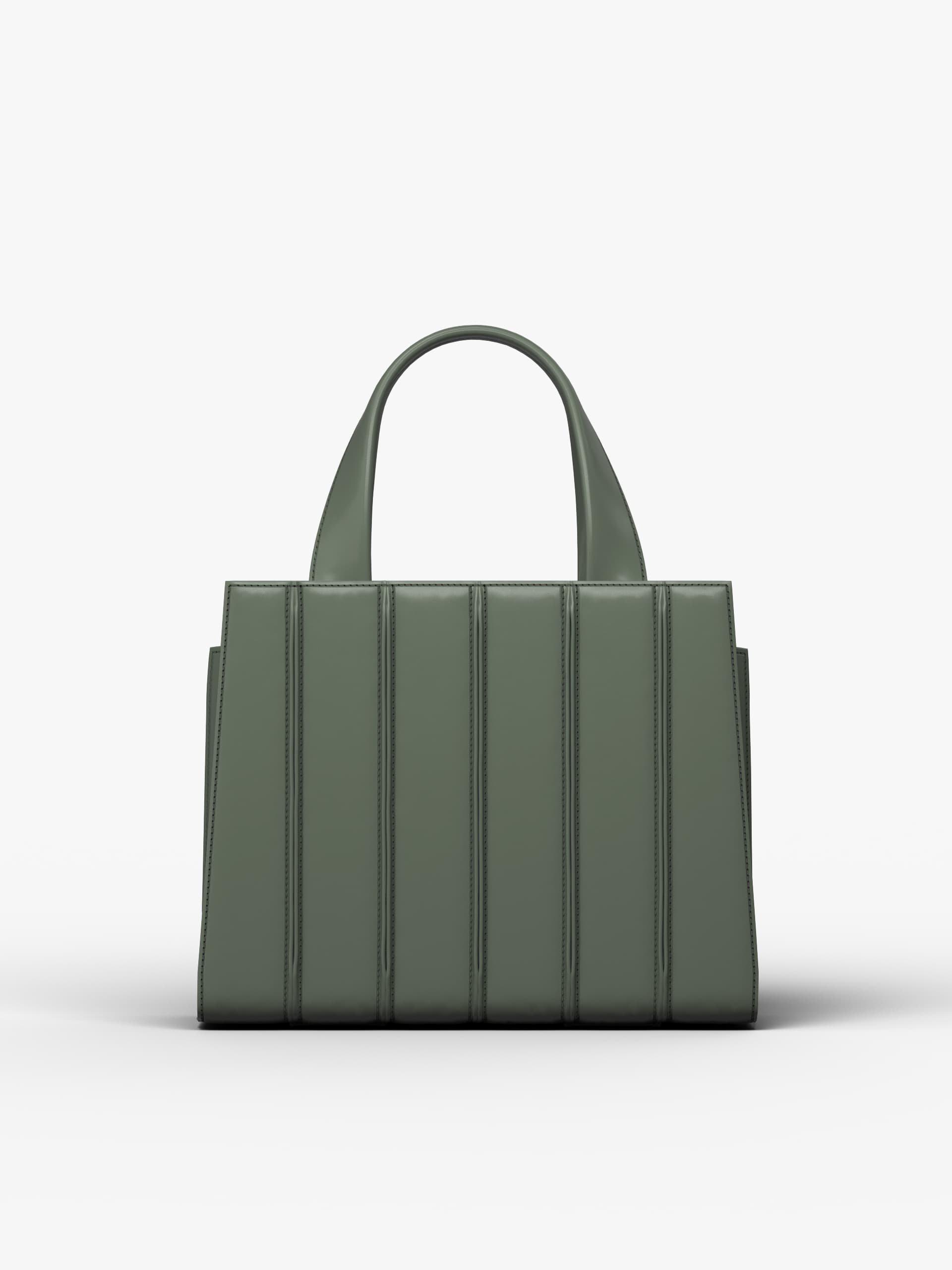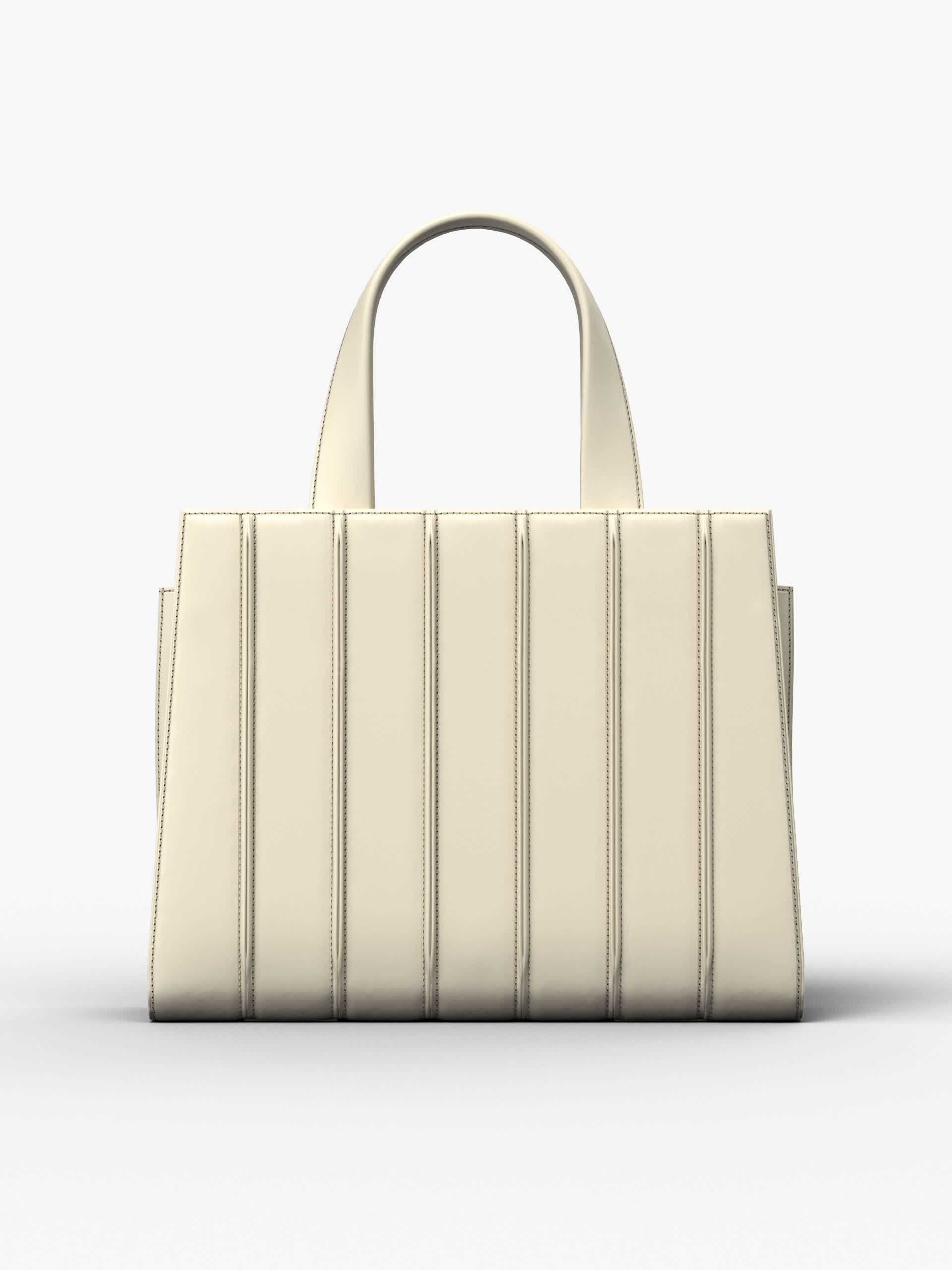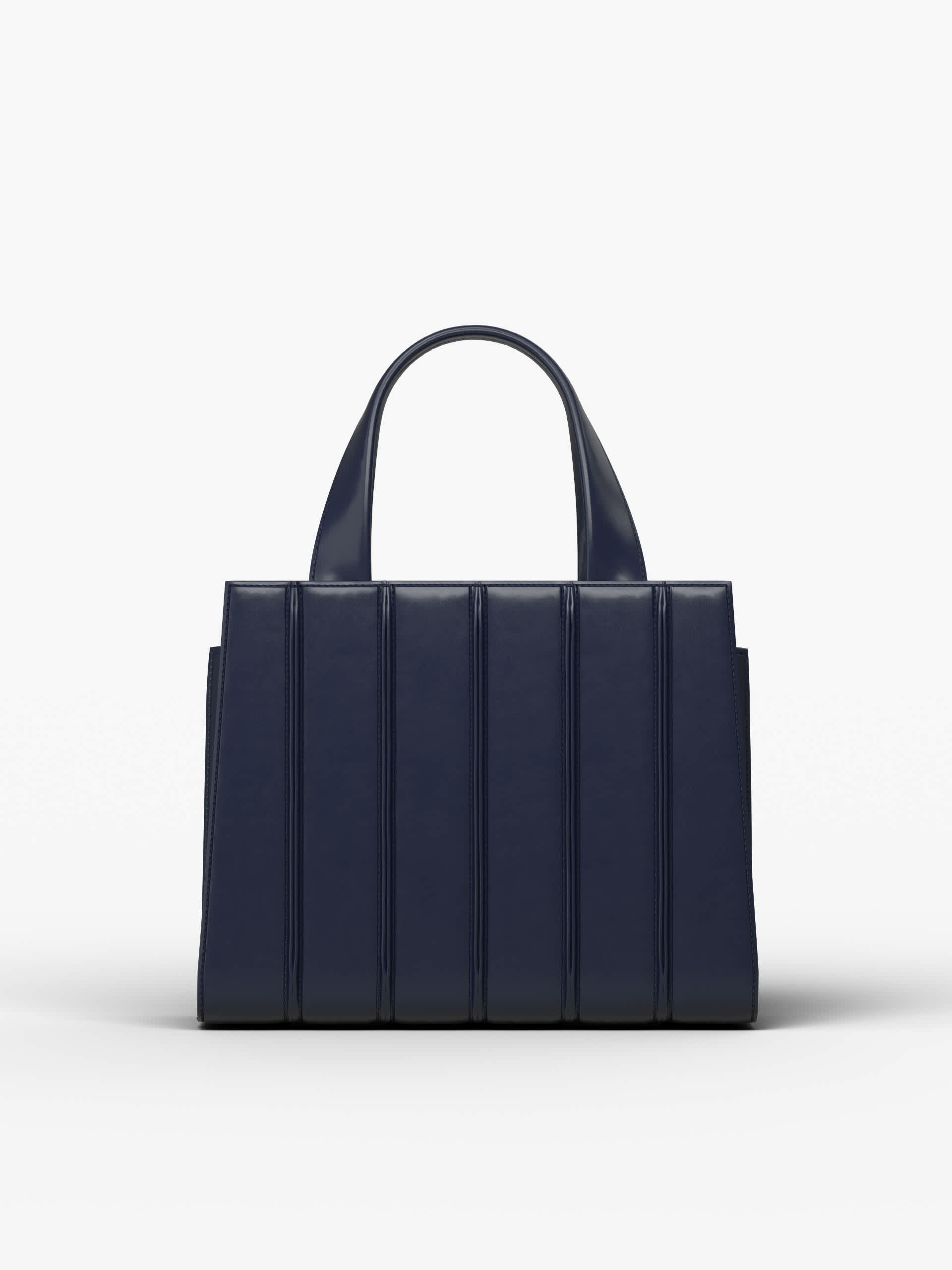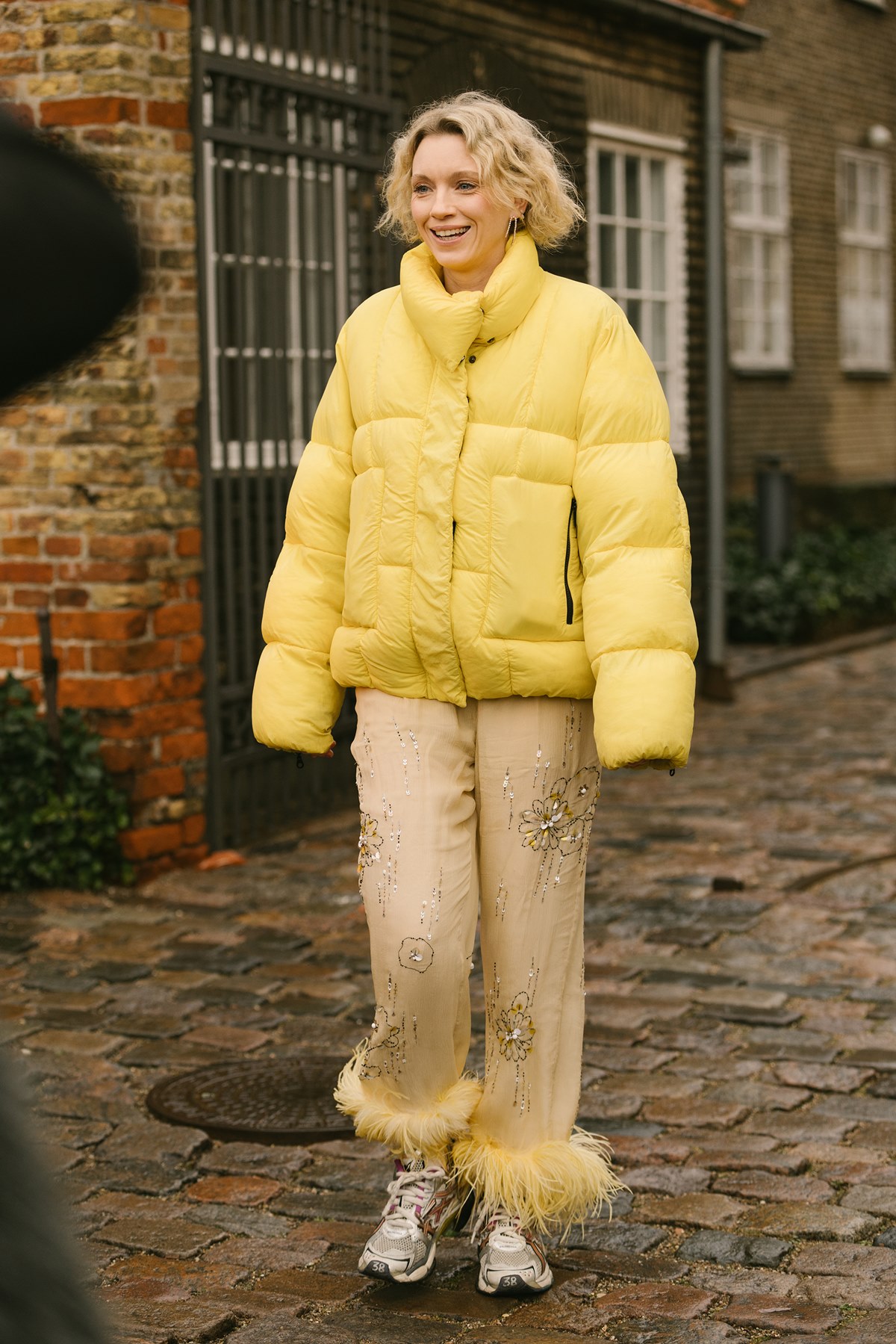When we look at the work of successful designers, it becomes clear that inspiration rarely comes solely from the archives of fashion itself. Those who create pieces powerful enough to transcend a single season and remain relevant for years almost always draw from other disciplines — literature, music, or perhaps most evidently, architecture.
The connection between fashion and architecture is direct, built on shared principles of form, line, material, and function. In both worlds, the goal is the same: to create a structure that not only serves a purpose but also conveys emotion, captures the spirit of its time, and, most importantly, tells a story. A garment is a construction around the human body, just as a building is a construction around living space. In both cases, the creator uses materials and form to express identity.
Let’s recall how Zaha Hadid reshaped our understanding of space through her fluid forms. Her principles can be recognized in the work of today’s most avant-garde fashion designers. An architect doesn’t simply design a functional space — they create an experience. Similarly, the most successful fashion pieces transcend mere utility; their creations become design objects, small wearable monuments to an idea. When fashion succeeds in entering such a dialogue, clothing and accessories cease to be just products.
The Architecture of Accessories
Few pieces translate the language of architecture into a fashion object as successfully as MaxMara’s iconic Whitney bag. Celebrating its 10th anniversary this year, the bag wasn’t conceived in a traditional accessories studio, but through a collaboration with the Renzo Piano Building Workshop.
The story began in 2015, inspired by the opening of the new Whitney Museum of American Art in New York. Designed as a direct homage to Italian craftsmanship and technical excellence, the bag stands out for its distinctive ribbed structure. Those modular, rhythmic folds in the leather are, in fact, a faithful interpretation of the museum’s façade. The result is a small, wearable sculpture — a perfect meeting point between architecture and fashion.
Its timeless elegance and refined aesthetic have earned it the status of a true symbol of Italian design — a fact confirmed by its inclusion in the permanent collections of prestigious institutions such as the Musée des Arts Décoratifs in Paris and New York’s Fashion Institute of Technology (FIT).

Ten years after its debut, MaxMara celebrates the bag’s anniversary with a limited reissue, expanding the range to thirteen new shades and six different sizes. Much like a film character evolving through a story, the bag has retained its original identity while adapting to new functional and aesthetic demands. Pieces with such a story — inspired by a building’s façade and grounded in the idea of enduring form — offer far more than a passing trend. They evoke a sense of permanence and belonging to a broader, richer cultural narrative. And that, ultimately, is the only true definition of luxury.
This article was created in collaboration with MaxMara.
